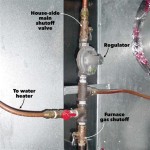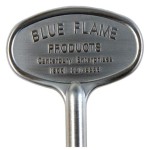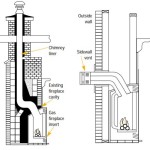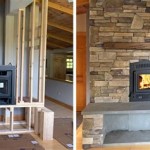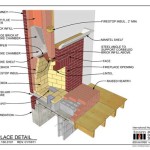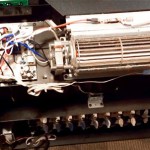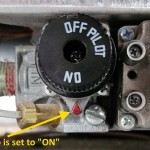Logs for Fireplace: A Guide to Choosing the Right Fuel
A crackling fireplace is a delightful addition to any home, offering warmth, ambiance, and a sense of coziness. However, to enjoy the full benefits of a fireplace, it's essential to choose the right fuel—logs. With a wide variety of log types available, understanding the characteristics of each can help you select the best option for your needs and preferences.
Types of Logs for Fireplaces
Fireplace logs come in various forms, each offering unique properties and suitability for different purposes. Here are some common types:
Hardwood Logs
Hardwood logs, derived from deciduous trees like oak, maple, ash, and cherry, are renowned for their density, high heat output, and long burn times. These qualities make them ideal for providing sustained warmth and a satisfying crackling sound. Hardwoods typically produce a hot, clean-burning fire, leaving minimal ash.
Softwood Logs
Softwood logs, obtained from coniferous trees such as pine, fir, and spruce, are generally lighter and less dense than hardwoods. While they ignite quickly and produce a bright flame, they burn faster and have a lower heat output. Softwoods are often used for starting fires or adding a burst of flame to an existing fire.
Manufactured Logs
Beyond natural logs, manufactured logs provide convenient options for adding warmth and ambiance. These logs are often made from compressed sawdust, wood chips, or other wood byproducts. They offer consistent burn times and reduced smoke production, making them a good choice for indoor fireplaces.
Factors to Consider When Choosing Logs
Choosing the right logs for your fireplace involves considering several factors, including:
Heat Output
If you're seeking a powerful and long-lasting fire, hardwoods are the best choice. Their high heat output will efficiently warm your space. However, if you only need a minimal amount of heat, softwoods or manufactured logs might suffice.
Burn Time
Hardwoods are known for their extended burn times, providing consistent warmth for hours. Softwoods burn relatively quickly, requiring more frequent additions to the fire. Manufactured logs are often designed for specific burn times, ensuring a predictable heat source.
Smoke Production
Some woods, particularly softwoods, release more smoke than others. If you're concerned about excessive smoke, consider using hardwoods or manufactured logs, which typically produce cleaner burns.
Ash Production
Hardwoods produce a minimal amount of ash, while softwoods can leave behind a greater amount of ash. Manufactured logs are designed to minimize ash production. Regular ash removal ensures safe and efficient fireplace operation.
Cost
The cost of logs can vary depending on the type, source, and region. Hardwoods tend to be more expensive than softwoods. Manufactured logs offer a more affordable option, but their quality and performance may vary.
Tips for Using Logs in Your Fireplace
To maximize your fireplace experience and ensure safe and efficient burning, follow these tips:
Proper Seasoning
Seasoned wood, which has dried for at least six months, burns efficiently and produces less smoke. Avoid using freshly cut wood, as it can contain moisture, leading to poor combustion and excessive smoke.
Stacking and Storage
Store logs in a dry, well-ventilated area to prevent moisture absorption and mold growth. Stack the logs off the ground to ensure proper airflow.
Starting a Fire
Use kindling to initiate a fire, gradually introducing larger pieces of wood as the flames grow. Avoid overcrowding the firebox, allowing ample air circulation.
Maintaining the Fire
Add logs gradually, ensuring they are properly positioned to maintain a steady burn. Avoid adding too much wood at once, which can lead to excessive smoke and a decrease in heat.
Ash Removal
Regularly remove ash buildup from the firebox, ensuring proper air circulation and reducing the risk of creosote accumulation.
Choosing the right logs for your fireplace can significantly enhance your enjoyment of this welcoming space. By understanding the properties and considerations of different log types, you can select the fuel that best meets your needs and preferences, ensuring a warm, crackling, and fulfilling fireplace experience.

Log Wall Tiles Natural Style

How To Light A Log Fire Guide

The Best Gas Log Sets For 2024 Fireplaces Direct Learning Center

Decorative Logs Make Your Fireplace Look Great

Vented Gas Logs Heater Or Decorative Bart Fireside

Faux Log Stack

Gas Log Set S Installation Vented Logs For Your Fireplace

How To Choose Your Gas Fireplace Logs

Challenge Faux Stacked Log Fireplace Facade Pepper Design Blog

What Are Gas Logs How Do They Work
Related Posts


